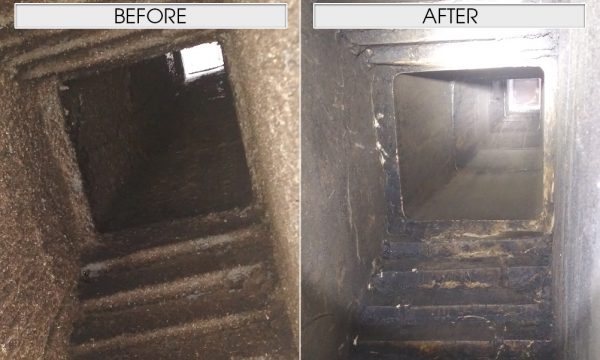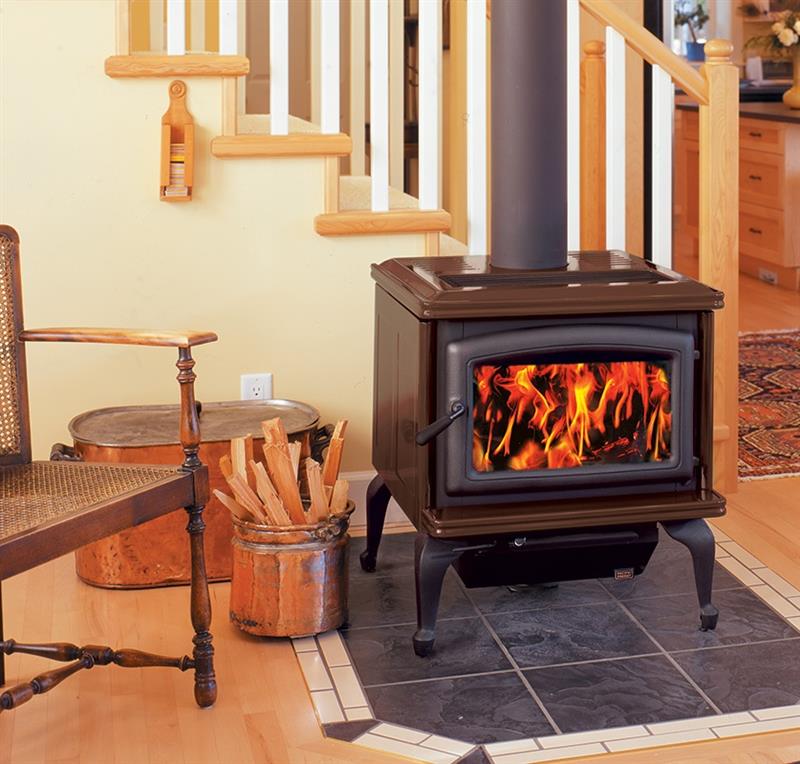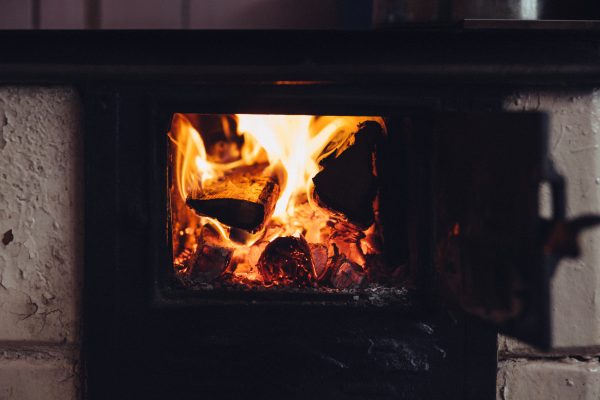Since winters can be very cold (how could we forget the recent Polar Vortex!!), wood burning stoves can provide an efficient and cost-effective way to heat spaces. Many homeowners love the warmth and beauty a wood burning appliance brings to their home. However, when it comes to safety and maintenance, wood stoves require a little more attention than typical oil or gas furnaces.
History
So when did we start using wood burning stoves? Let’s start in the 1700s. You might not be surprised to know that our forefathers were using wood fireplaces to heat their home. This tradition has continued until the present day. However, what is surprising, is that wood fireplaces stayed pretty much the same until Benjamin Franklin invented the Franklin stove, which was made of cast iron.
Franklin’s invention allowed to stove body to heat up and then radiate the heat into the home. The stove also had two swinging doors which allowed combustion air to be regulated. Over time, improvements like air tight doors, controlled air flow, and eventually the addition of glass doors helped enhance beauty and viewing of the flame.
Later, The EPA got involved to help reduce the emissions content form solid wood burning appliances. The EPA mandated particle emission standards that the stove manufacture had to meet certain requirements or face fines for selling stoves that did not meet the new regulations. Now, wood stoves are peaking at 60 to 70% efficiencies.
Maintenance
- Make sure that your stove is safely installed. It never hurts get your stove professionally installed instead of doing it yourself. Get a Free Quote here.
- Keep flammable objects away from your stove. Items like: clothing, drapes, furniture, newspaper, and kindling are dangerous near the stove.
- Never put ashes in a cardboard box. Ashes should only be placed in a metal ash bucket.
- Make sure you get a yearly inspection and cleaning. Avoiding this could lead to consequences. Plus, having peace of mind that your stove is operating safely is priceless.
- Before you go to bed, shut down the air intake dampers on your wood stove to a low setting.
Creosote
Wood burning stoves and fireplaces share many similarities. Since they both burn wood, they are equally subject to the dangerous buildup of flammable creosote. Creosote is a byproduct of burning combustible material like wood. It is black and sticky in appearance. This residue sticks to the sides of the flue liner and builds up over time. If your flue isn’t being cleaned frequently, it can catch on fire.
 Inspection
Inspection
Now that you understand the importance of a clean and properly installed wood stove in your home, you may be wondering about inspections. If you use your wood stove regularly and you can’t recall the last time it was cleaned, we recommend that you book a cleaning and inspection right away. Once you make an initial cleaning, our experts suggest an annual cleaning to maintain integrity and safety of the stove.
A wood stove can be an outstanding source of supplemental heat, and in some cases, it can even serve as your home’s main source of warmth. However, keeping it in good condition is vital for your safety. Contact us today to schedule your next wood stove inspection appointment.


